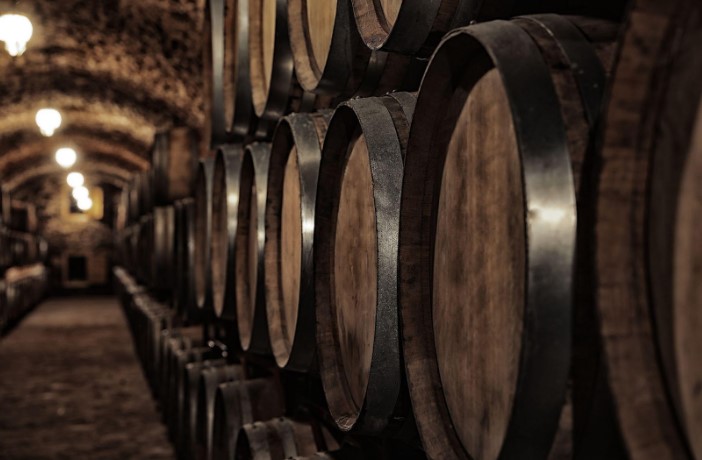Nothing epitomises laidback luxury quite like a well-aged bottle of rum. For those who savour the sweet complexities of this spirit, its storage is not a mundane detail but a crucial part of the appreciation process. Just as one wouldn’t leave vintage wine to the whims of circumstance, a good rum deserves a bit of care and attention in the storage department. For Australian rum enthusiasts and home bartenders, understanding how to properly store rum can mean the difference between a memorable sip and a so-so one.
In this detailed guide, we’ll navigate the nuances of rum storage, exploring why it matters, what factors to be mindful of, and the essential dos and don’ts to preserve that perfected pour.
Why Proper Storage Matters
The taste and aroma of your rum can be significantly shaped by storage conditions. Exposure to elements such as light, temperature, and oxygen over time can lead to spoiled or altered flavours. For rum to maintain its richness and mellow out the sharp edges, it must be safeguarded with due diligence.
Rum, like other spirits, can benefit from ageing when stored correctly. However, unlike wine, it doesn’t mature in the bottle. The ageing process halts when rum is distilled and bottled. Thus, the goal of correct storage is not maturity but preservation of the original character.
Factors to Consider
Light is the enemy of rum’s complex flavours. Ultraviolet rays can break down organic compounds, leading to ‘light struck’ taste. When it comes to temperature, stability is key. Fluctuations can cause the liquid to expand and contract, increasing the likelihood of oxidation and potential evaporation. Air exposure, especially in partially filled bottles, can cause flavour degradation over time. Even the positioning of the bottle—upright versus on its side—can impact the spirit.
Best Practices for Rum Storage
The golden rule of rum storage is to keep it in a cool, dark place. Ideal temperatures hover between 16°C and 20°C. A basement or a dedicated drinks cabinet away from direct sunlight are fitting choices. Sealing the bottle tightly after each use is a simple yet effective defence against flavour escape.
Always follow the advice on the bottle too – manufacturers know what they’re talking about, after all. For example, a bottle of the Kraken Black Spiced Rum will have instructions for storage.
Tips for Home Bartenders
As a home bartender, it’s important to remember that older is not always better. Unlike wine, rum does not improve with age once it’s in the bottle. In fact, prolonged storage can expose it to unnecessary risks. To stay organised, rotate your rum stock by using older bottles first. Label each bottle with the date of opening and consider investing in a simple inventory system to keep track of your collection. Remember, the key to a well-stocked rum shelf is not just the bottles you buy, but the care with which you store them.
